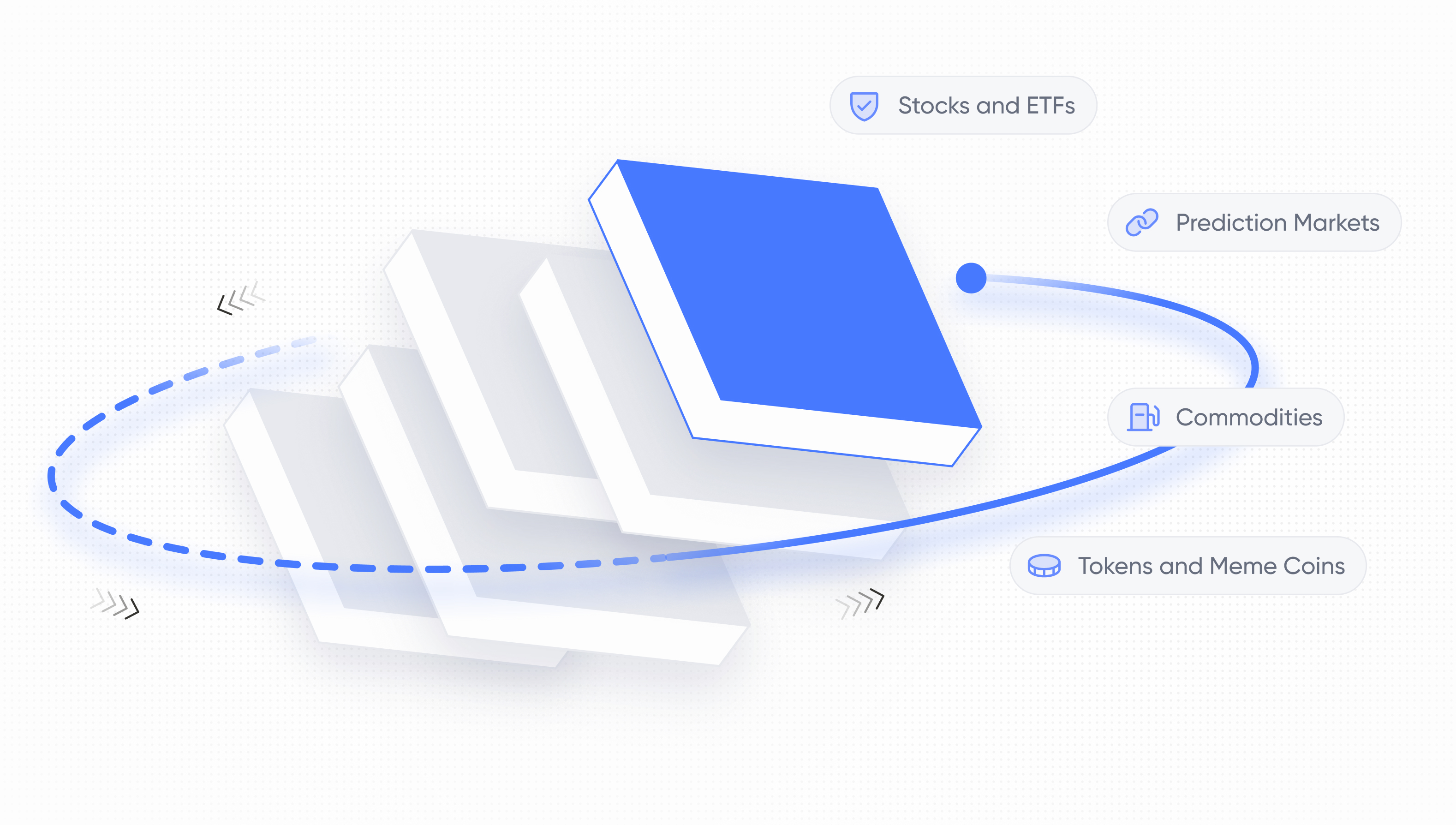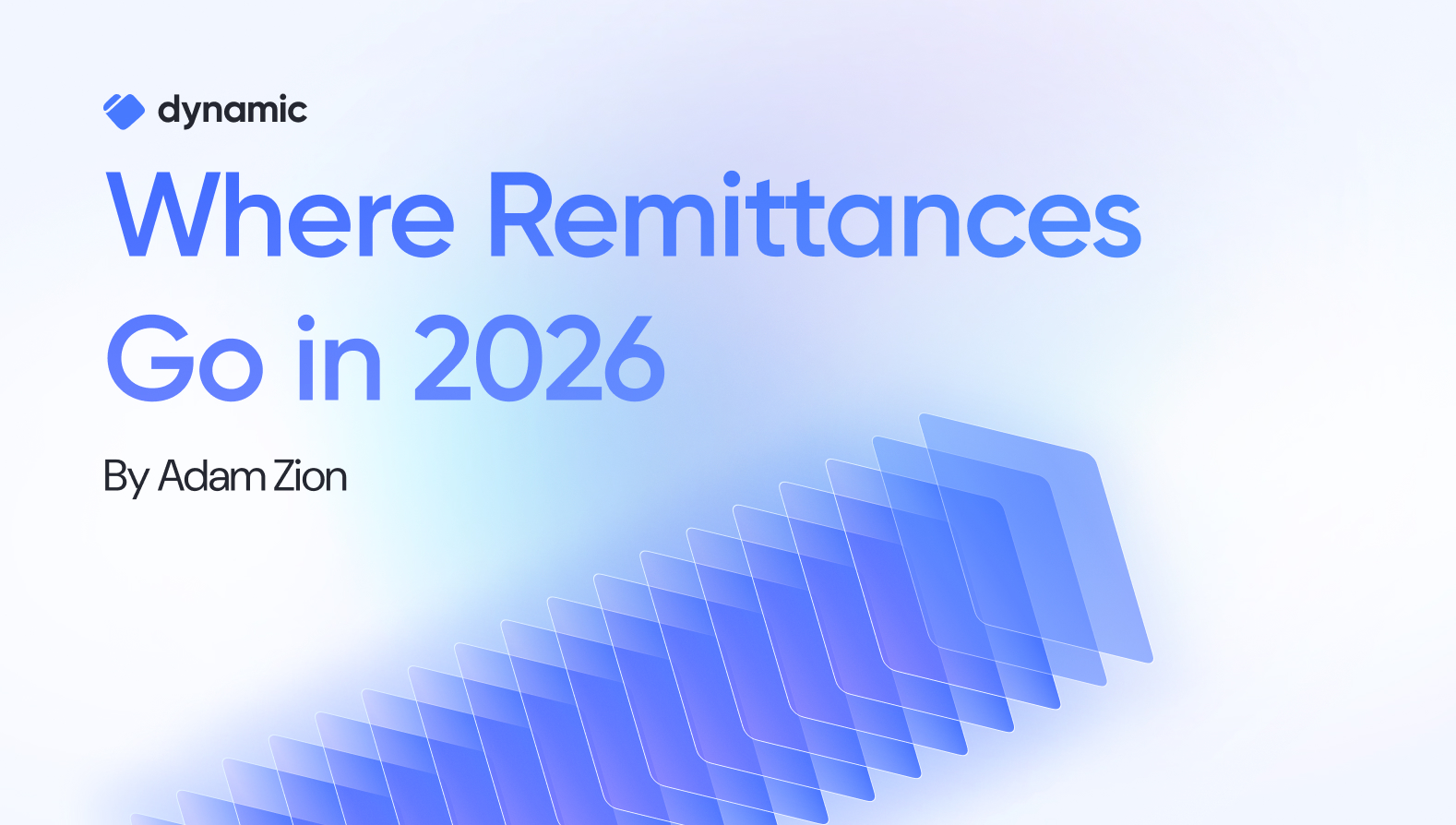Understanding Elliptic Curve Cryptography and Digital Signatures in Blockchain


Digital signatures play a crucial role in verifying that a transaction was authorized by the rightful owner without exposing their private key. Among the various cryptographic signature schemes, Elliptic Curve Digital Signature Algorithm (ECDSA) has become the standard for securing transactions. As a result, ECDSA is the signature scheme of choice for Bitcoin, Ethereum, and many other blockchain networks.
In this blog, we explore how elliptic curve signatures work and why they are widely adopted in blockchain security. We also compare popular signature schemes and highlight the security benefits they offer.
Understanding Digital Signatures in Crypto
Before diving into ECC, it is important to understand the role of digital signatures. Digital signatures are cryptographic proofs used to authenticate the sender of a message and ensure that the message hasn’t been altered. In the context of blockchain, digital signatures verify that transactions are signed by the rightful owner of the corresponding private key.
Digital signatures serve two fundamental purposes in crypto transactions: authentication and integrity. Authentication proves that a transaction was authorized by its rightful owner, while integrity ensures that the transaction data has not been compromised in any way.
Traditional cryptographic signature methods include RSA (Rivest-Shamir-Adleman) and DSA (Digital Signature Algorithm), but they are not well-suited for blockchain due to their large key sizes and computational inefficiency. Instead, ECDSA and EdDSA are preferred because they provide the same level of security with much smaller keys. This creates a much more efficient and scalable security model.
The Basics of Elliptic Curve Cryptography (ECC)
ECC secures digital transactions by using advanced math based on elliptic curves. Its efficiency and strong security make it well-suited for modern cryptographic applications, such as blockchain networks.
Compared to other cryptographic methods, ECC offers several advantages:
- Smaller key size: ECC provides the same security level as alternatives like RSA, but with much shorter keys.
- Lower computational overhead: ECC requires less processing power, making it more efficient than other options.
- Enhanced security: The security of ECC is based on the difficulty of solving a math problem that’s much harder to crack than the ones used in alternative methods.
The Security Benefits of ECDSA in Blockchain
ECDSA has become the standard for a reason: it offers several key security benefits:
- Preventing fraud: Attackers cannot generate a valid signature without the private key, ensuring transactions remain authentic and protected against forgery.
- Tamper-resistant: Each signed transaction is linked to a specific dataset, so any modification renders the signature invalid.
- Efficiency and scalability: ECDSA provides strong security with lower computational costs and smaller key sizes, improving scalability.
- Resistance to quantum attacks: ECDSA is currently secure against computing attacks, but future advancements in quantum computing may require additional solutions.
The Different Schemes that Utilize Elliptic Curve Cryptography
ECC is the foundation for several digital signature schemes, each with different levels of security, efficiency, and implementation complexity. While ECDSA remains the most widely used, other elliptic curve-based schemes have emerged over the years. Below are the key elliptic curve-based algorithms used in the blockchain industry.
Elliptic Curve Digital Signature Algorithm (ECDSA)
ECDSA ensures the authenticity of transactions by allowing users to sign messages with a private key, which can then be verified using a corresponding public key. Bitcoin, Ethereum, and other popular blockchain networks rely on ECDSA for securing transactions. ECDSA provides stronger security than non-elliptic curve cryptographic algorithms while using significantly smaller key sizes, making it more efficient.
Edwards-curve Digital Signature Algorithm (EdDSA)
EdDSA is a modern digital signature scheme designed to improve on ECDSA by offering faster performance and resistance to side-channel attacks. It is built on Edwards curves, which enable high-speed cryptographic operations. Due to its efficiency and built-in protection against certain vulnerabilities, EdDSA is increasingly adopted in privacy-focused and high-performance blockchains such as Solana and Sui.
Schnorr Digital Signature Algorithm (BIP-340)
Schnorr signatures have gained popularity in blockchain through their adoption in Bitcoin’s Taproot upgrade (via BIP-340). This algorithm improves on ECDSA by offering smaller, more efficient signatures. It also enables key aggregation, where multiple signatures can be combined into one. This enhances privacy by making it harder to distinguish individual signatures on the blockchain.
Beyond Bitcoin, other blockchain networks such as Internet Computer Protocol (ICP) and Polkadot have integrated Schnorr signatures. Polkadot employs the sr25519 signature scheme to enhance security and performance. ICP has implemented threshold Schnorr signatures, enabling its smart contracts to directly sign transactions on other blockchains like Bitcoin and Ethereum.
Ed25519
Ed25519 is a specific variant of the EdDSA signature scheme, designed for simplicity and efficiency. It has been widely adopted in modern applications. While not an alternative to ECDSA, it is known for its well-defined security properties and design considerations.
Note: Dynamic employs the following signature schemes in our SDK: ECDSA, EdDSA, and BIP-340.
Looking Ahead: The Impact of Quantum Computing
Quantum computing is both an exciting frontier and a potential threat to modern cryptography. While the signature schemes above are secure against classical attacks, quantum computers could change that. Shor’s Algorithm, which efficiently solves the mathematical problems behind elliptic curve cryptography, may one day have the power to break these signatures and compromise blockchain security. However, practical quantum computers capable of doing so do not yet exist, which is why current systems remain secure under classical cryptographic assumptions.
To mitigate this risk, researchers are actively developing new cryptographic schemes designed to withstand quantum attacks. Some promising approaches include lattice-based cryptography and hash-based signatures, which do not rely on the same mathematical assumptions as current digital signatures. For now, blockchains remain secure under existing cryptographic standards, but the industry must prepare for a future where quantum-resistant signatures become necessary.
Conclusion
Elliptic curve signatures have become essential to blockchain security, providing a balance of strong protection and efficiency. To date, ECDSA has established itself as the standard for securing transactions in major blockchain networks. But as the industry evolves, newer elliptic curve-based schemes like EdDSA and Schnorr signatures are gaining traction. As security needs evolve, blockchain networks will continue to adopt and refine cryptographic techniques that ensure both resilience and efficiency in securing digital signatures.
Share this article



